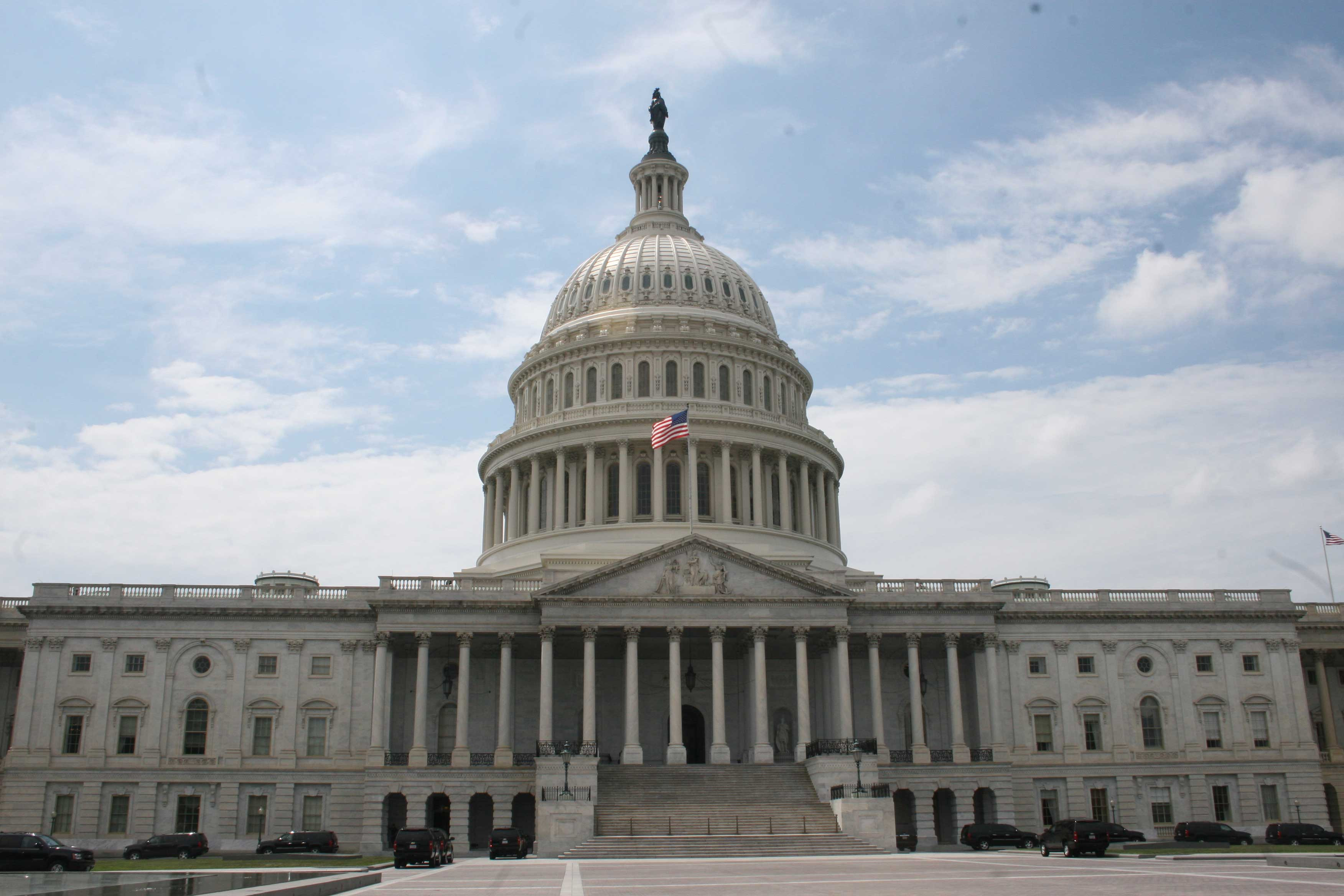This past weekend we celebrated the 30th anniversary of the enactment of the American's with Disabilities Act (ADA). The "Findings and purpose" of the law declare that "the Nation’s proper goals regarding individuals with disabilities are to assure equality of opportunity, full participation, independent living, and economic self-sufficiency for such individuals." While rightly hailed as landmark civil rights legislation, the promises of the ADA remain to be met. From curb cuts, to ramps, to transit improvements, ADA expanded physical accessibility in ways that we now take for granted. It has dramatically increased access to communication and technology. It has modestly expanded employment opportunities. Yet people with disabilities still lag far behind. People with disabilities are 2.25 times more likely to live in poverty, and 3 times more likely to be out of the labor force.
The picture is even more disturbing when we consider the intersection of race and disability. According to the National Disability Institute, 14% of working-age (18 to 65) Black people report some form of disability compared to 11% of white people. Disability rates increase significantly with age. 20% of white people age 61 to 65 experience disability versus 30% of Black people, a powerful reminder of the myriad of racial inequities from food security to health care access to housing experienced by Black people in America. The triple jeopardy of poverty, disability, and racism consigns far too many to institutional systems that have failed to meet their needs, and in the face of the COVID pandemic, threatened their lives.
Understanding the intersectional implications of marginalized identities: race, (dis)ability, gender, and age across institutional systems means that we must embrace nuanced anti-oppression, anti-racist frameworks that center equity to move us closer to realizing the promise of the ADA for our most vulnerable neighbors. To that end, CSH is lifting up the Compact for Thriving Communities, a collective commitment of health, choice, and equity, instead of institutionalization.
As we continue to respond to the COVID pandemic and as a nation finally come to grips with systemic racism, the prospect of mere survival is not enough. It's time to realize the promise embedded in ADA: the opportunity for everyone to thrive.
Source for disability data points: Goodman, Nanette; Morris, Michael; Boston, Kelvin. Financial Inequality: Disability, Race and Poverty in America. National Disability Institute. 2019



